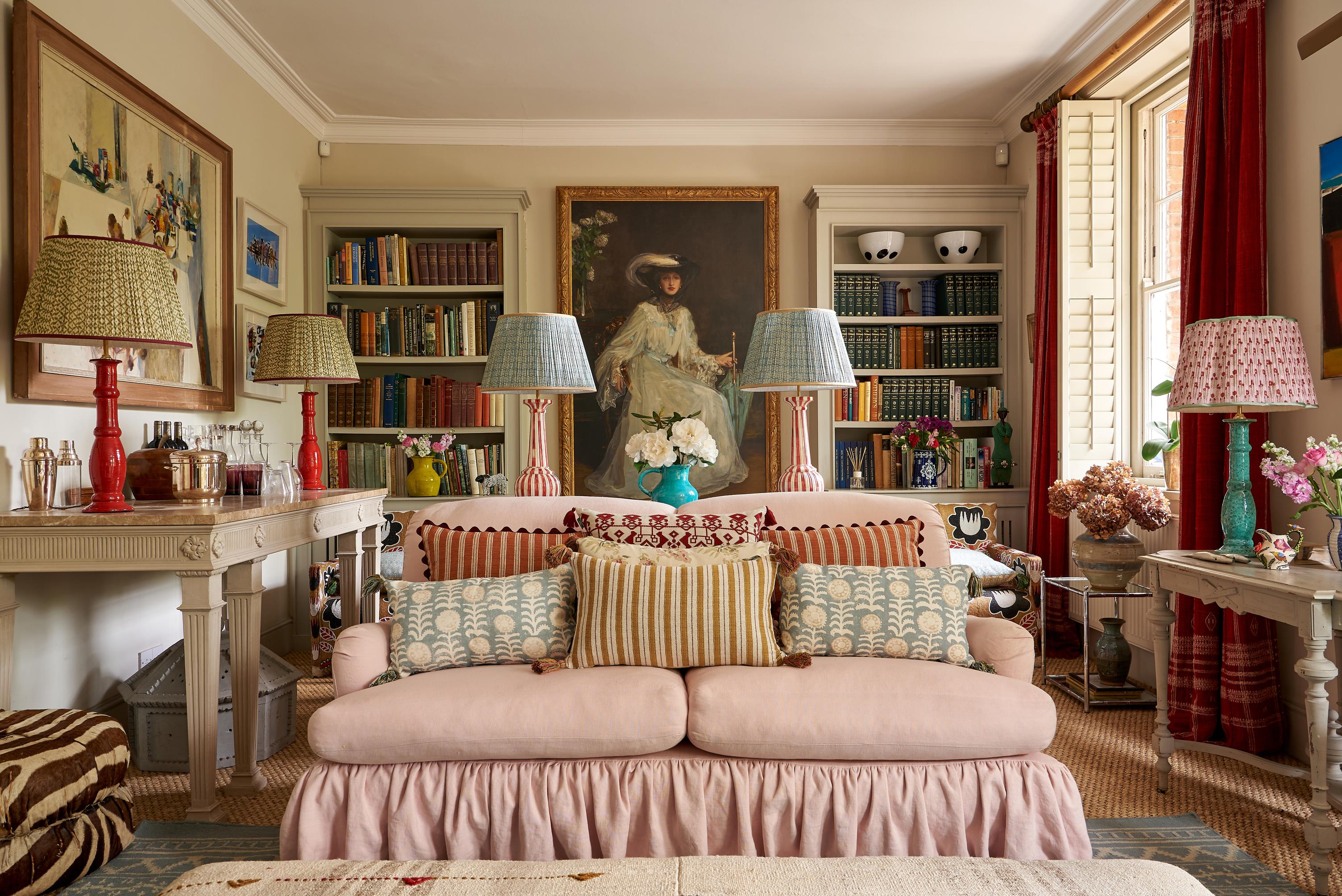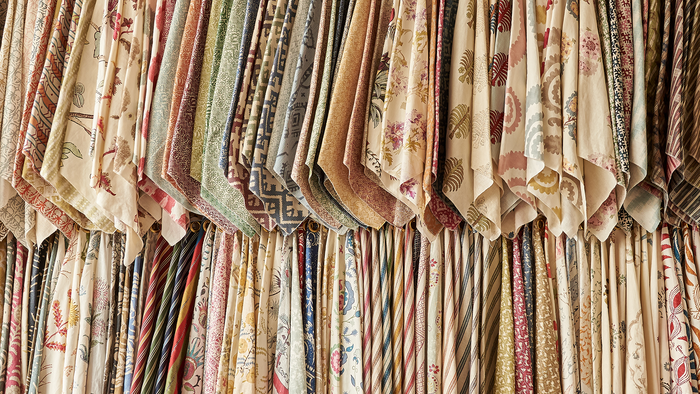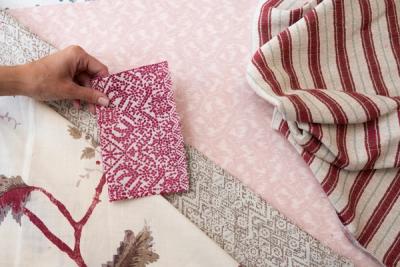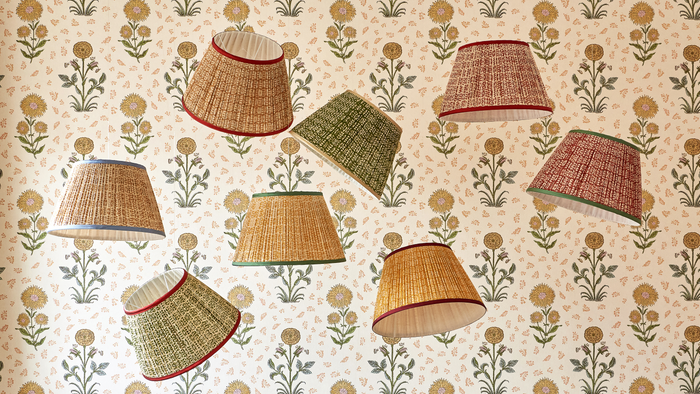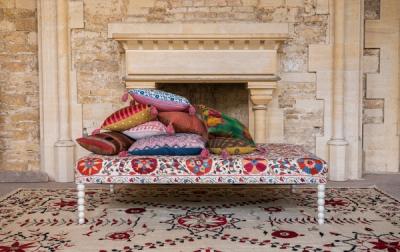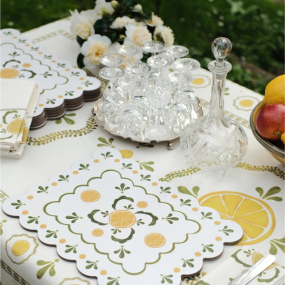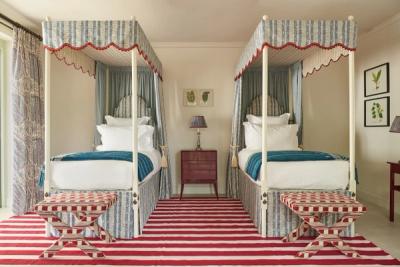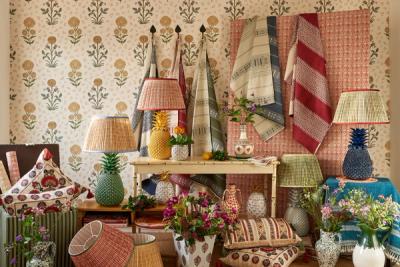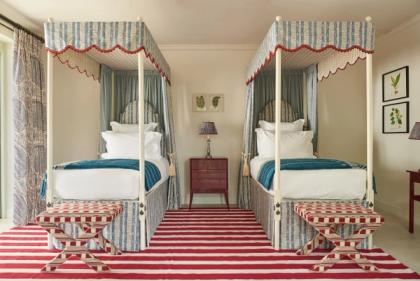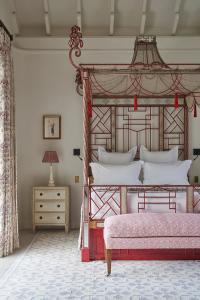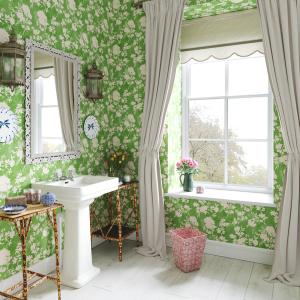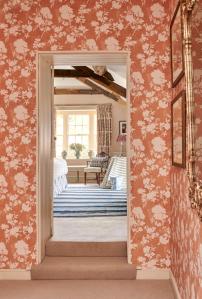Decoration
The Centrality Lighting Holds in the World of Interior Design

The Centrality Lighting Holds in the World of Interior Design
From the very modern, western way of embracing natural light and open spaces to the very cultural and historical soothing pools of candlelight that the Danish concept of Hygge embraces, light is central to interior design. Lighting can quite literally set the atmospheric tone in a room. The use of lighting for interior design dates back thousands of years, although the concept of the two has altered somewhat. What hasn't, however, is the fundamental centrality lighting holds in the interior design world. Let's explore.
The History of Lighting and Interior Design
Most modern-day interior spaces are constructed around light sources, typically a mixture of natural and artificial lighting that ultimately define the atmospheric tone of the room. When exploring the roots of interior design, it's evident that lighting had a somewhat different use. Many believe it was the ancient Egyptians who first explored interior design and lighting - evidence of simple textiles, sculpture, and candlelight highlighted wealth and importance during this time.
Still, in ancient times, lighting was ultimately there to serve a defined purpose. It wasn't until the 1800s that the use of lighting for interior design took hold. From the grand chandeliers of the early Victorian era to the true evolution and understanding of light for interior design that occurred during the 1900s, let's take a look at where we are today.
How Lighting Has Become Central to Modern Interior Design
The difference between the historical use of lighting and how it's used to influence modern interior design is just that - it wasn't really until the 1900s that we began exploring the use of light as part of an interior design rather than merely to illuminate. You will now hear interior designers and avid home decorators say, 'what lighting can we put here' or 'look at how much natural light this room has'. One could go as far as to say lighting hasn't become central to modern interior design, but instead, modern interior design has become dependent upon lighting. The lighting itself is a statement, defining and setting the tone for any room.
Lighting adds dimension, creates space, creates ambience, and embodies the essence of the atmosphere the interior designer is attempting to achieve. Are you trying to create bright, open, creative spaces? Natural light through large windows or skylights does it effortlessly. Do you need a calm, warming, cosy atmosphere? The warm hue of a room lit exclusively by decorative lighting accentuated by a collection of carefully placed candles (Hygge inspired) will achieve that aesthetic.
That brings us to what's perhaps more central to interior design - the type of lighting.
Sources of Lighting and How They Influence Interior Design
Lighting has become integral to interior design, but the focal point often lies with the type of lighting, the colour it emits, and how it transforms a room. Natural and artificial lighting are the two leading light sources, with many variations falling under the artificial category. Let's explore the two.
Natural Lighting
Natural lighting is an interior designer's dream - it's the crème de la crème of lighting, particularly for the modern-day homeowner who craves natural light within the home. Why do we like it so much? It energizes, enhances colours and materials to reflect true colours, and creates an uplifting mood. The one drawback? There's a lack of flexibility that the modern-day interior designer craves. Natural lighting is at the mercy of nature, and as the sun begins to set, we all revert to artificial light sources to set the tone.
We can, of course, control natural lighting throughout the day to a certain extent. Layered curtains – perfect for achieving the perfect lighting in the bedroom – are ideal for filtering bright beams into pleasant glows.
Natural light comes from open features, like patio doors, skylights, and quirky design features that play with the idea of creating pockets of light to add depth and dimension, and often space, to a room.
Artificial Lighting
Humans and many animals naturally gravitate to the brightest point in the room. That's why your dog might find the tiniest patch of natural light to sunbathe or why you'll notice moths race to just a glimmer of artificial light. Where there's no natural light, we use lamps, pendants, ceiling lights, chandeliers, and many more to bring a room to life. The beauty of the evolution of artificial lighting is the scope of its influence on interior design. Whether it's the calming and inviting glow of a bedside lamp or the fluorescent beam of kitchen spotlights, artificial lighting caters to all.
Typically, artificial lighting categorizes into four variations:
Interior designers manipulate artificial and natural lighting to create mesmerizing interiors. Decorative and task lighting are the most easily controlled (and, as a result, optimised) so start by layering lighting throughout your home with lamps, accent lights, and candles.
Lightings centrality to interior design is tricky to quantify - it's simply everything interior design stands for. It's beauty, it's divine, and it defines. Naturally, whether you're an interior designer or not, we're drawn to the use of lighting within interior spaces. Lighting will long be the focal point and centrepiece of interior design.
More from Decoration
